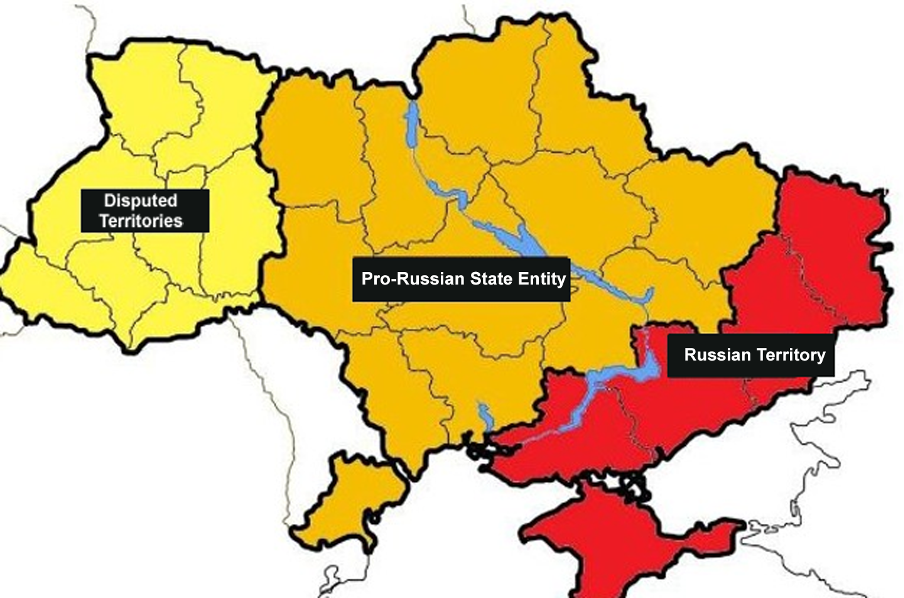Inflation in August continued to accelerate, reaching 7.5 percent year-over-year, according to Ukraine’s state statistics and updated on Trading Economics.
Ukraine's central bank, along with independent analysts, are expecting inflation to increase further, but no more that 8.5 percent by the end of 2024.
JOIN US ON TELEGRAM
Follow our coverage of the war on the @Kyivpost_official.
The dry weather led to vegetable prices being 36 percent higher than a year ago in August 2023, according to expert Vitaliy Kravchuk from the Institute for Economic Research and Policy Consulting.
Businesses are facing rising costs for electricity and labor, while the cost of imports increased due to the weakening of the hryvnia. Housing, water, electricity, gas, and other fuels increased in price by 0.2 percent. This followed a large spike in utility and fuel prices in June.
Consumer prices rose by 0.6 percent compared with the previous month despite a seasonal decline in clothing and fruit prices.
Prices for food products and non-alcoholic beverages increased in price by 0.9 percent in August. The largest price hikes were for eggs, which rose by 7.1 percent, and vegetables, by 5.2 percent.
Prices for alcoholic beverages and tobacco products increased by 0.8 percent, while prices for clothing and footwear decreased by 2.9 percent.
Due to rising costs, prices for a significant portion of the consumer basket increased by 1-2 percent. The price growth in Ukraine was contained by moderate global prices for raw materials.

Oil Prices Increase After Russia’s Sunday Attack on Ukraine
Prices for household goods rose by 0.1 percent while healthcare became 1 percent more expensive. Transport prices increased by 0.6 percent, communication costs went up by 0.7 percent, while prices for culture services rose by 0.1 percent.
Education became 0.3 percent more expensive, while restaurants and hotels saw a 1.5% price increase.
Ukraine’s consumer inflation figure for July accelerated to 5.4 percent year-on-year, compared to 4.8 percent in June, the National Bank of Ukraine (NBU) reported. Inflation was driven mostly by a rise in the price of processed foods caused by higher energy, storage, and labor costs.
Russia's full-scale invasion of Ukraine has led to a major exodus of working age adults to the EU, UK and beyond – some four million people in total. This has led to a workforce shortage, forcing businesses to search for new employees and raise wages to secure and retain them.
Businesses are also spending cash on generators, accumulators and other necessary equipment to keep going during electricity shortages caused by Russia's strikes on energy infrastructure.
You can also highlight the text and press Ctrl + Enter






